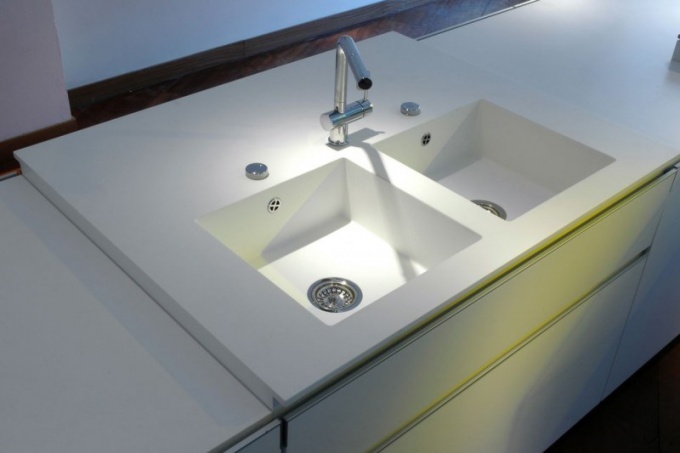The history of acrylic glass
Acrylic glass is a versatile and high-tech product, in other words, a transparent thermoplastic plastic, made from thermoplastic resin used in many areas of modern life.
First acrylic glass was obtained in 1928 and was called Plexiglas. The creation of such a brand new product with good transparency appeared in the period of 20-30 years due to the active development of engineering and aviation. Increase the speed required ensure safe flying in an enclosed cockpit, and molded glass, even the knee, could not withstand the forces of resistance, danger and birds, breaking glass, just crushed it into small pieces.
Today Plexiglas is obtained in two ways – by extrusion and molding. Casting gives the distortion of the light flux, and the extrusion shrinkage.
The advantages of acrylic glass
Acrylic glass has a number of advantages, for example:
- high transparency (92%, which retains its color and does not change over time),
- absence of fragments at impact (the strength of the plexiglass is 5 times higher than ordinary glass)
- water resistance,
the lightness of the material (plexiglass is much lighter, almost 2.5 times compared to ordinary glass),
- high throughput UV rays, which is about 73%.
The same PMMA – environmentally friendly product that does not emit toxic fumes upon decomposition, and can easily be disposed of, moreover, it is easy to deformation, which allows you to make future product in any form. All this makes the glass safe and secure. Acrylic materials are very resistant to UV rays, so they do not fade or warp, they are frequently used in construction for roofing. Acrylic stone (liquid crystal with polymeric components) is highly resistant to mechanical damage, it is used for making kitchen sinks and countertops, but has the disadvantage of strongly absorbs dyes.
However, despite the advantages, acrylic glass, like any other material, there are some disadvantages, for example: sensitivity to surface damage and the possible appearance of microcracks, as well as the possibility of Autoignition (ignition temperature is 260оС).
In spite of this, Plexiglas is used in virtually all spheres of modern life. It is simple to obtain and easy to handle. Aquariums, interior design, advertising signs, lenses, glasses, ceiling, partitions, light letters, acrylic dance floors and even bath, it would be impossible to create without unique properties and characteristics acrylic glass.
